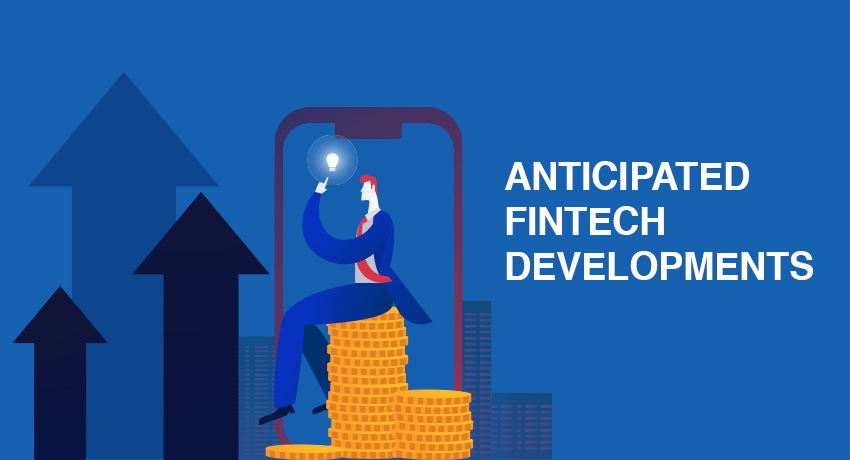Since its inception, Fintech has shown novelty in every segment it has spread its branches to. Through practical collaboration with banks, Fintech has allowed traditional banks to lower their acquisition and service costs while making use of their unconsumed legacy data. They have enabled financial services to low-income groups in underserved areas owing to their digital asset-light model.
Fintech can integrate loans, insurance, investment options, etc., and present it on a single platform through its technology-led approach. Partnering with Fintech allows banks to expand their customer service channels, resulting in higher user management, increased market reach for their products and network-wide cross-selling.
Fintech has also introduced the concept of ‘Banking as a service’ that allows third-party organizations or partners to integrate financial services on their platform through open APIs. It allows businesses to offer digital financial solutions to their customers while nurturing a lasting relationship and evolving the component of a multi-product proposition.
In the long run, Fintechs are expected to evolve as NeoBanks wherein banks can use Fintech’s frontend to open bank accounts in semi-urban and rural areas. Also, by acting as a transaction service provider, Fintechs will have access to large amounts of transaction data, that will act as a good data point for credit underwriting. Furthermore, the idea of NeoBanks aligns with financial inclusion and typically serves MSMEs and rural individuals.
The reciprocal partnership between Fintech and other businesses is proof that Fintech has penetrated major segments and holds huge potential for the future. Here are a few anticipated Fintech developments –
Expansion of Tokenisation
RBI has expanded the scope of tokenization to cover additional use cases like laptops, desktops, wearables (wristwatches, bands, etc.), internet of things (IoT) devices along with card-on-file tokenization (CoFT). It will also ensure that the whole consumer check-out experience is preserved, in addition to improving card-related security. Tokenisation will boost small-value transactions for in-store and transit payments as the quantity and use of wearable devices across the segments rises.
Introduction of Retail Digital Payment Solutions in Offline Mode
A framework for retail digital payments in offline mode is being developed across the country by RBI. E-RUPI is a classic example of what the government envisions in collaboration with Fintech to bring the rural and other underserved populations under its net. This will extend the reach of digital payments even farther, providing new options for both individuals and enterprises.
Building a marketplace crucial to enable the participation of rural users
Building a financial services marketplace in underserved areas will be critical in enabling rural customers to participate in financial activities, which will come at the back of financial literacy and counseling on how to get started and use digital payments.
As apprised by the Indian Finance Minister in her 2022 Budget speech, 100% of the 1.5 lakh post offices will be connected to the core banking system. Furthermore, a plan of establishing Digital Banking Units (DBUs) by scheduled commercial banks in 75 districts was announced to enable banking services to the last mile.
Innovative Payment Services
Driving innovative instant payment services like UPI 123Pay to digitize payments among customers with feature phones is expected to be critical to unlocking the widespread adoption of digital payments. The feature phone user can utilize UPI 123Pay to make payments using a pre-defined IVR (interactive voice response) number, payments by missed call, payments via an app created for feature phones or payments based on proximity sound.
Digitization in various sectors
Other sectors, such as e-commerce in rural areas with last-mile delivery and pick-up and drop services, could benefit from similar digitization. This might be expanded to include on-demand video and audio doctor consultations in local languages, as well as the delivery of necessary medicines. Furthermore, aggregating agri-services such as on-demand harvesting labor, farm equipment rentals, and warehouse space for storage would encourage rural and agri-focused clients to go digital.
All of the above are expected to significantly scale the last-mile access of banking in underserved areas too and enable true adoption of financial inclusion across rural India.
In today’s time, detaching fintech from individuals or businesses is an unworkable say. With consumers, urban or rural, becoming reliant on the convenience and security it offers, Fintech poses mass potential in the coming years.
